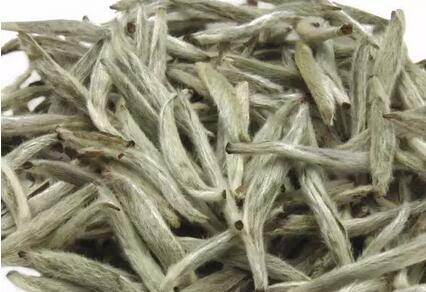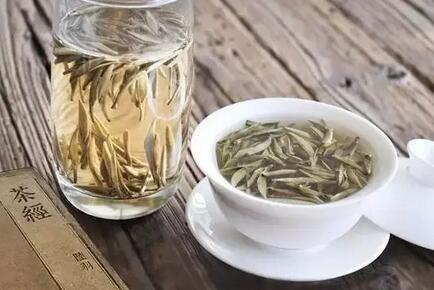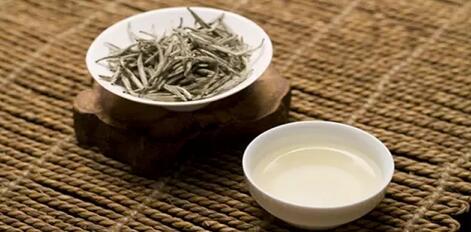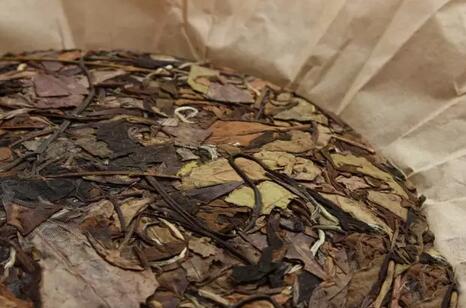
The storage method for white tea is quite similar to that of Pu-erh tea. Simply put, home storage of white tea only requires airtight packaging and an odor-free environment. However, there are many details to consider for more meticulous storage.

In the north, with its distinct four seasons and relatively dry climate, storing white tea only requires following the most basic storage principles.
The south, however, is more complicated. The annual rainy season from March to May is a critical period. The cabinet storing white tea must be at least 20 centimeters away from the wall and 40-50 centimeters above the ground. Avoid opening the tea on rainy days; only open the cabinet on sunny days for natural ventilation. If possible, use dehumidification to enhance the dryness of the storage environment.

White tea is a unique type of tea. It is neither fried nor rolled, so it retains the freshness of green tea but can also be stored at room temperature, allowing space for post-fermentation. The longer it is stored, the darker the tea becomes, and the mellower the tea soup tastes.

The general requirements for white tea storage can be summarized as follows:
1. Store at room temperature. The ideal temperature for white tea storage is between 4°C and 25°C, meaning room temperature storage is sufficient; refrigeration is unnecessary. Seal it.
2. The sealed bag or container for the tea should be non-toxic, odor-free, and moisture-proof.
3. The storage environment should be odor-free, non-smelly, and non-toxic.

One-year tea, three-year medicine, seven-year treasure.
Aged white tea refers to white tea stored for many years. During this storage process, the tea gradually changes internally, with the soup color turning red, the aroma slowly developing, and the taste becoming mellower.

One-year tea: Because white tea is lightly fermented, the first-year white tea, freshly made, has a taste close to green tea, and its nature is relatively cold. Thus, it is not recommended for those with a cold constitution. Additionally, its flavor is relatively simple, which might make it less rich in taste.

Three-year medicine: But white tea is magical. If it is carefully stored for two or three years, the internal components of the tea slowly change during storage. The aroma matures, and the soup color gradually changes from apricot-green to apricot-yellow or even darker. When drinking, the aroma is mellow, and the taste becomes softer. The tea's nature also shifts from cool to warm. It has anti-inflammatory, heat-relieving, liver-protecting, and mind-refreshing effects. Especially in summer, having white tea is indeed a delightful experience.

Seven-year treasure: Strictly speaking, white tea stored for five to six years can be considered aged white tea. Over time, the internal components of white tea transform and become richer and mellower, while the distinctive aroma of white tea remains. The taste is fragrant, and the soup color is amber, bright and transparent. At this stage, white tea's effects in preventing cancer, combating heat, detoxifying, and preventing allergies become more pronounced. At the onset of a cold, drinking a few cups of hot aged white tea can make you feel much better.
